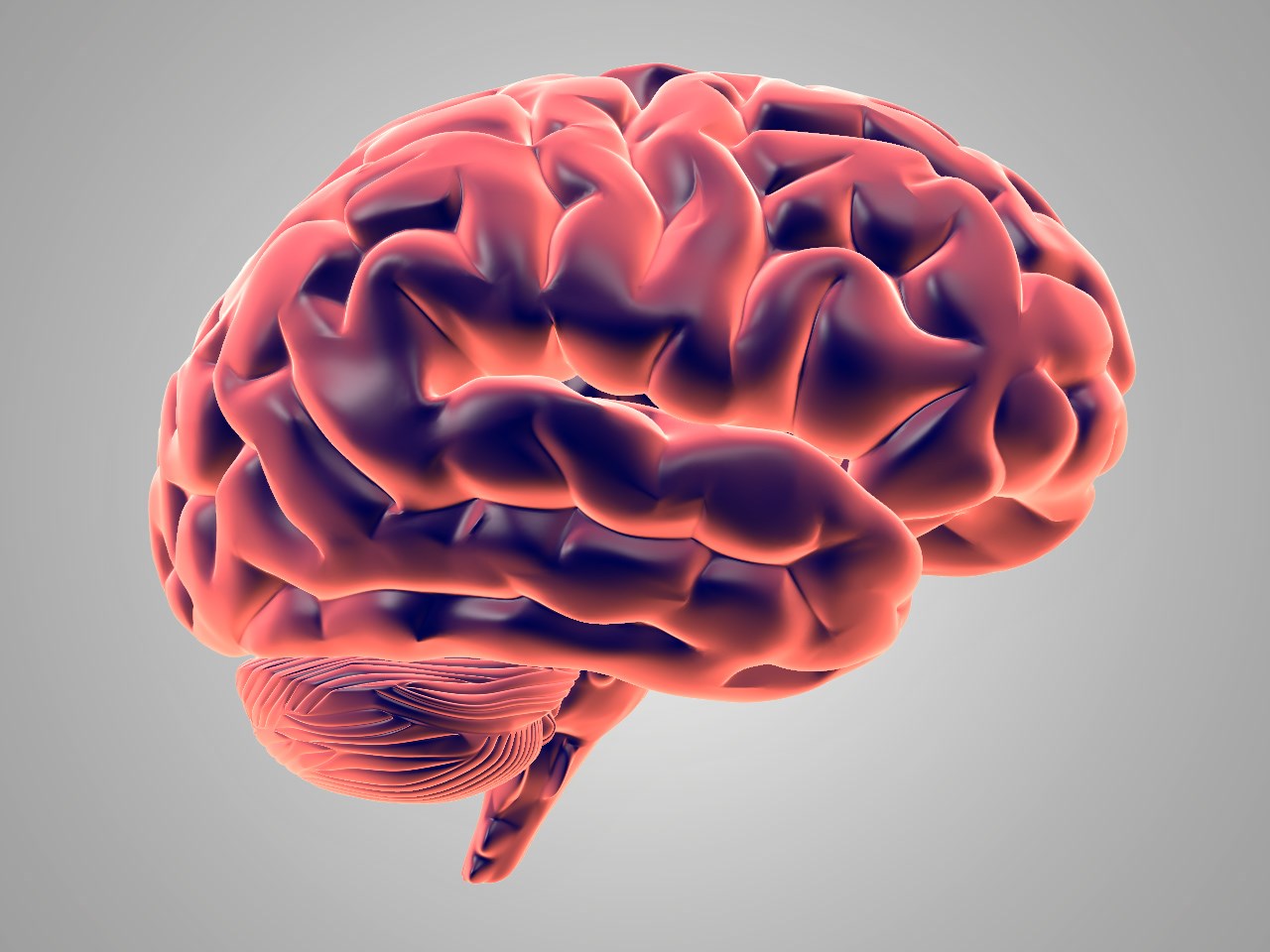The lab is available to researchers 24/7, uses real human neurons and uses the Python programming language, creating a “dream bridge between biology and data scientists,” according to Jordan.
After accessing the provided login/password, researchers gain the ability to remotely send electrical signals to neurons and receive their responses. It is then the responsibility of researchers to devise optimal algorithms for controlling the behavior of the organoids.
Users can mimic memory function by using periodic electrical stimulation to reinforce synapses through repetition, thus making desired pathways stronger.
Researchers do this by training the organoids through a reward system. The organoids are rewarded with dopamine, the neurotransmitter responsible for pleasure (and addiction).
Meanwhile, as “punishment,” the organoids are exposed to chaotic stimuli, such as irregular electrical activity.
A live view of the biochips working in real-time can be found at www.finalspark.com/live.
Still think it's kinda neat, but with clearly disturbing implications.



idk about you but i would actually find it horrific if they kept tissue from a human arm alive (say, a bicep) and made it do stuff with electrical signals (say, lift something) for 'research purposes', that's actual Strogg behavior, we are approaching the Quake 4 future the fascists dream of
Buddy, I hate to tell you this, but that's literally what your brain does with your arm every single time you move it.